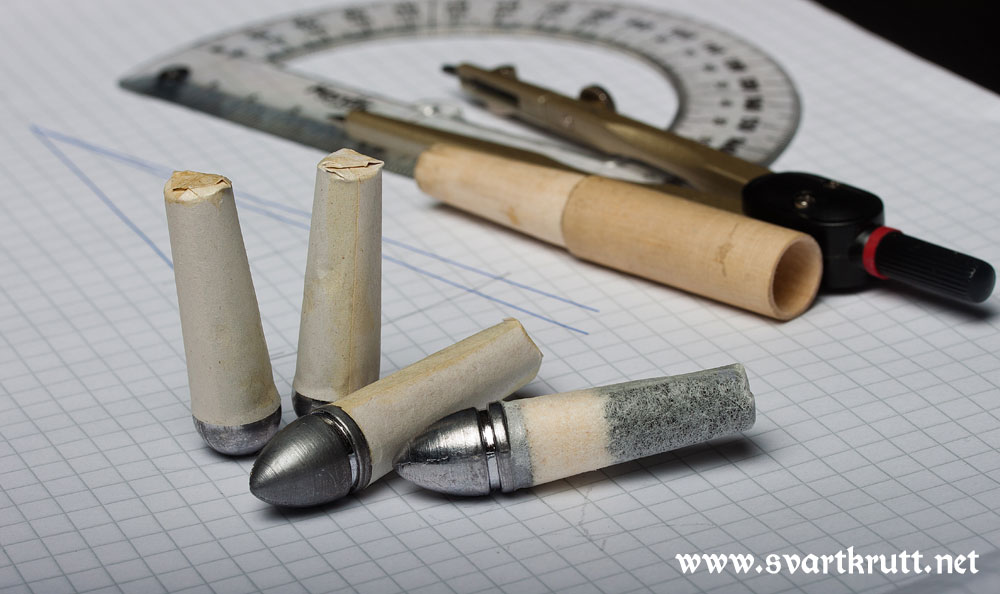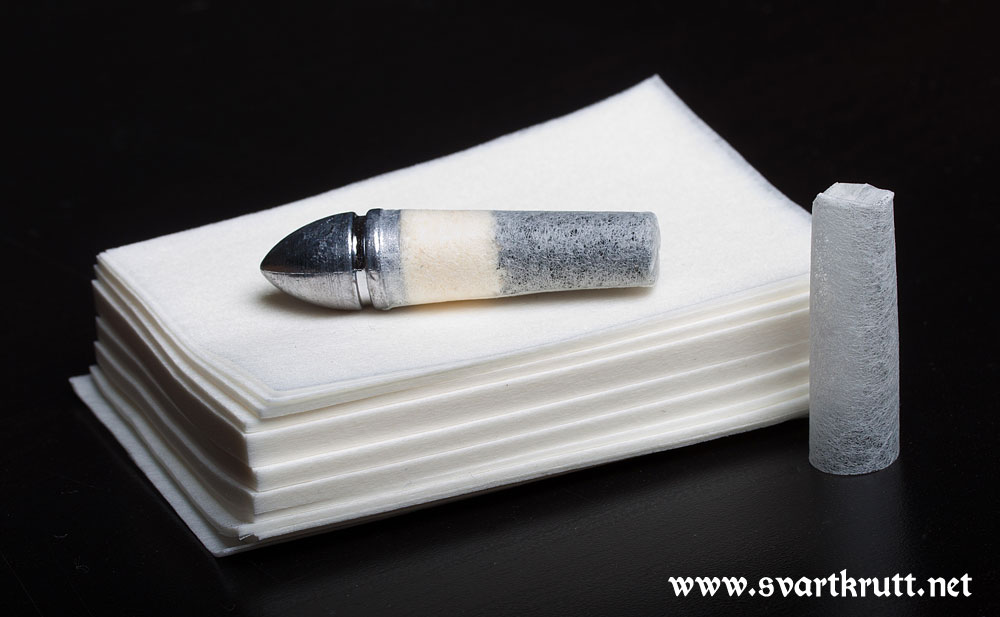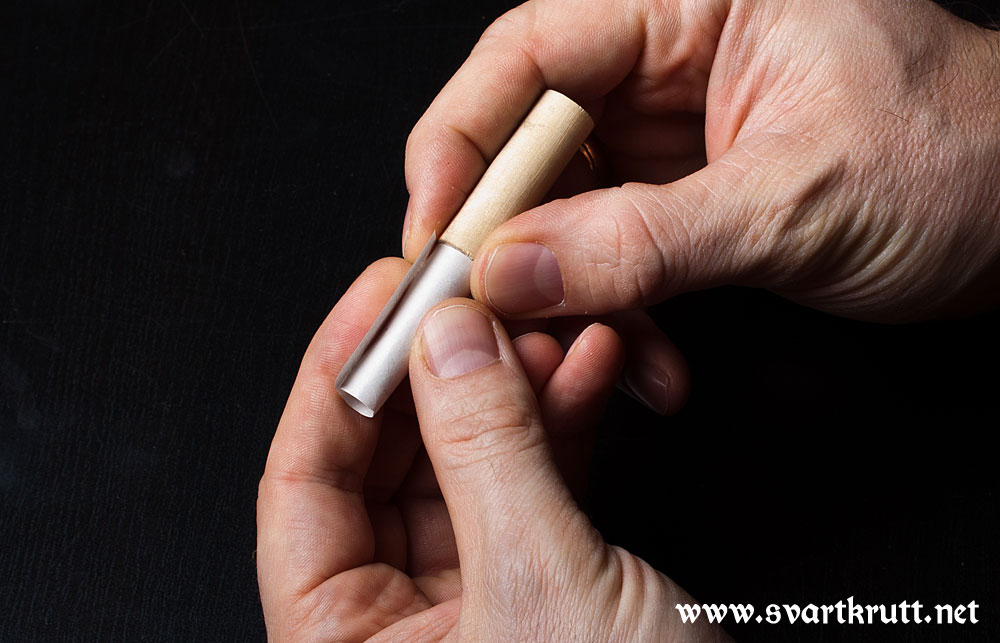The last couple of years I have experimented a lot with paper cartridges for cap & ball revolvers. I just wrote an article on how to make these paper cartridges that some of you might have interest in: Making Paper Cartridges for Percussion Revolvers.
I've also written a piece on the original Remington New Army revolver I shoot these cartridges in:
Portrait of an Original Remington New Army Revolver
I'm interested in any other methods for making paper cartridges, so please share what information you have!
Some images:



And some videos:
[youtube]0zRlYAyuHu4[/youtube]
[youtube]tvkwGNHJ3ns[/youtube]
[youtube]Xx9uKAbj0nw[/youtube]
I've also written a piece on the original Remington New Army revolver I shoot these cartridges in:
Portrait of an Original Remington New Army Revolver
I'm interested in any other methods for making paper cartridges, so please share what information you have!
Some images:



And some videos:
[youtube]0zRlYAyuHu4[/youtube]
[youtube]tvkwGNHJ3ns[/youtube]
[youtube]Xx9uKAbj0nw[/youtube]





